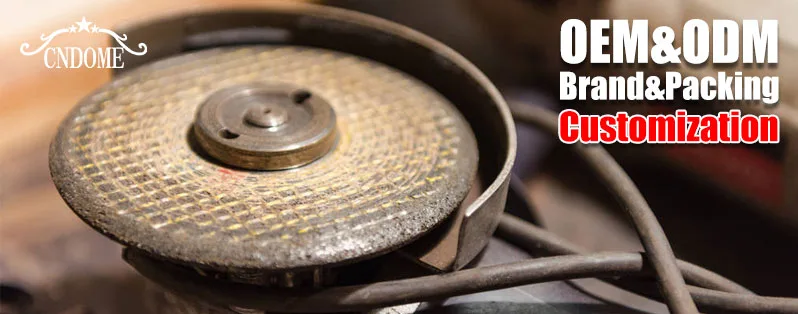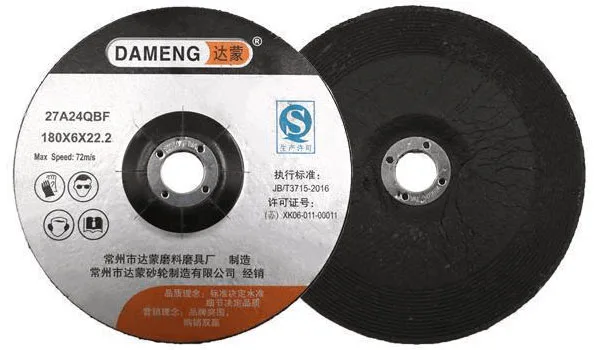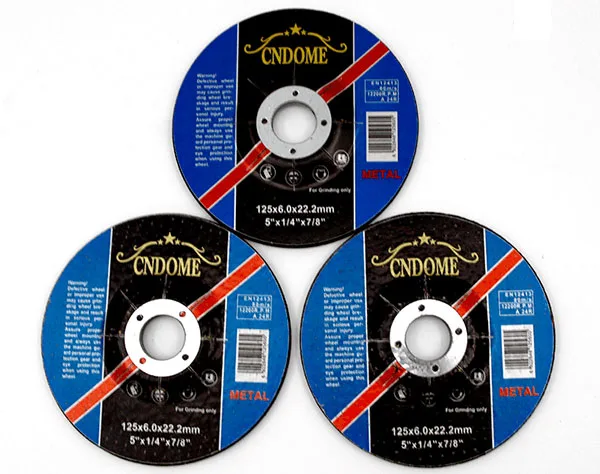Grinding wheels play a crucial role in various industries, from metalworking to woodworking, providing the precision needed for shaping and finishing materials. Understanding grinding wheel specifications is essential for optimizing performance and achieving desired results. In this blog post, we’ll unravel the mysteries behind grinding wheel specifications and guide you through the key elements that define their capabilities.
Abrasive Material: The Heart of the Wheel
The choice of abrasive material significantly influences a grinding wheel’s performance. Popular abrasives include aluminum oxide, silicon carbide, and diamond. Each abrasive has unique properties, making it suitable for specific tasks. Aluminum oxide, for example, is versatile and ideal for general-purpose grinding, while silicon carbide is preferred for non-ferrous metals.
Grain Size: Fine-tuning the Finish
Grinding wheel specifications include a notation for grain size, representing the size of abrasive particles. Common grain sizes range from coarse to fine, affecting the surface finish and material removal rate. Coarser grains are efficient for heavy material removal, while finer grains deliver a smoother finish. Understanding the balance between these factors is crucial for achieving the desired result in your application.
Wheel Grade: Hardness Matters
The wheel grade indicates the hardness of the bond that holds the abrasive grains together. It is denoted by letters like A, B, and C, with A being softer and C harder. Softer grades are suitable for materials that are easy to grind, while harder grades are ideal for more challenging materials. Selecting the right wheel grade ensures efficient cutting without premature wear.
Structure: Open or Closed?
The structure of a grinding wheel refers to the spacing between abrasive grains. It can be open or closed, influencing the chip clearance and surface finish. Open structures are preferred for cooler grinding and reducing the likelihood of clogging, while closed structures provide a finer finish. Understanding the material you’re working with helps determine the appropriate structure for your grinding wheel.
Bond Type: Glue that Holds it Together
The bond type is the adhesive that holds the abrasive grains in place. Common bond types include vitrified, resinoid, and metal. Vitrified bonds offer excellent durability, resinoid bonds provide versatility, and metal bonds are suitable for high-precision applications. Choosing the right bond type ensures the grinding wheel withstands the demands of your specific task.
Conclusion:
Grinding wheel specifications may seem like a complex puzzle, but each element plays a crucial role in determining the wheel’s performance. By understanding abrasive material, grain size, wheel grade, structure, and bond type, you can unlock the full potential of your grinding wheel, achieving precise results in your metalworking endeavors. Next time you choose a grinding wheel, let these specifications be your guide to success in the workshop.



